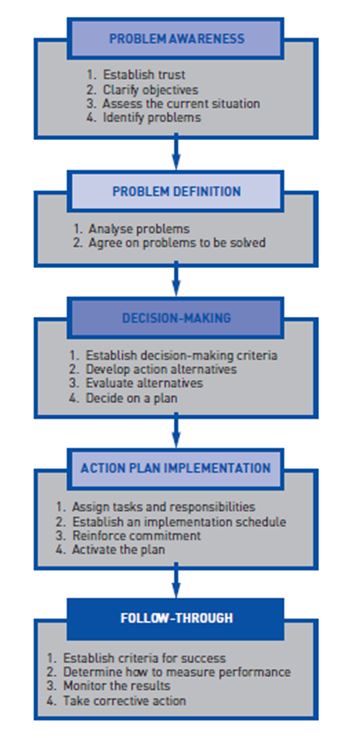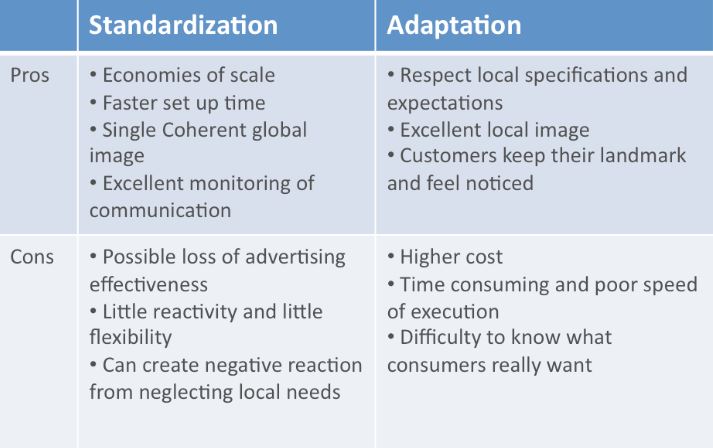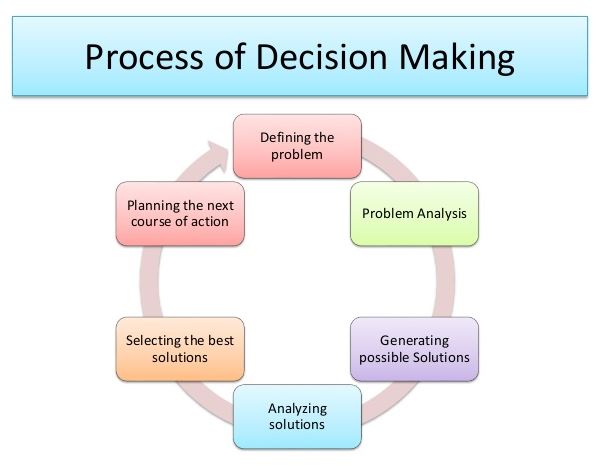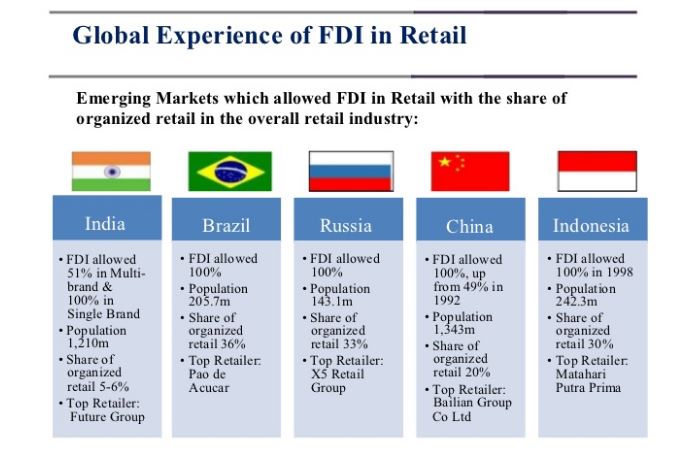Liberal Media – The role of Social Media in Fostering Social/Political Participation to Help Enhance Democracy
Liberal media democracy is a strong pillar for a free society. Democracy exists when citizens have the ability to practice their fundamental rights such as freedom of expression. The rise of social media has made it possible for people to express themselves more freely. Platforms such as Facebook, Skype, Twitter and Instagram have given their users the power to express themselves in a way that is cheap and easy to access. It has been immensely possible for people to convey their sentiments through these means which has greatly improved public opinion on governance. Social media unlike Liberal media allows for a two way communication means between the receiver and the sender.
Social media has influenced the political arena through opinion polls where citizens have an opportunity to present their views on politicians in a cheap easy way. Citizens also have the ability to express satisfaction or distaste towards their political leaders. This essay, therefore investigates the power of social media as a tool in supporting democracy especially through the idea of democratic deliberation, liberty and organization events.
Social Media Overview
The rapid growth of the social media in the 21st century has created a new trend on communication and information sharing which is significantly different from the traditional media known as the new media (Omede & Alebiosu, 2015. Pg. 272). Unlike the liberal media which requires expensive radio and television broadcasting systems, social media uses a different form of technology, the internet. Internet technology is relatively cheap and also subjected to less stringent regulation, and has no monopolistic ownership or control as it’s the case of the convection media (Coronel, 2003 pg. 1).Therefore, social media gives its users the liberty on the information that they can develop and share with each other. Also, it is widely accessible globally as more users are getting connected to the fast and reliable internet, hence making it a more efficient and effective approach in bringing people from different backgrounds and cultures together, when compared to liberal media. Currently, over two billion people worldwide have access to the internet (European Commission, 2011, pg. 5). Large social media sites with millions of users such as Facebook, YouTube, Twitter and Instagram among several blogs have also emerged which give users platforms which they interact and share information with each other through images, video and text formats.
These sites have also created an opportunity for users to participate in discussions and forums to express their views and ideas on matters related to democratic governance. In addition, people have also taken advantage of the new social media platforms to organize and facilitate political actions and events, all of which have a significant impact on democratic policies across different societies worldwide. Some social media sites such as Twitter and Facebook have advanced functions that allow users to follow and interact with politicians and other prominent figures in the society and participate in their discussions in an interactive way. This has given social media a significant advantage over the liberal media, making it ideal to foster social/ political participation which is essential in enhancing democracy.
Thesis statement: Therefore, social media has arguably a huge contribution in promoting democratic values and policies in any society. However, scholars have expressed concern that the lack of control and regulation of the social media may pose a threat to democracy. This essay, therefore, provides supporting evidence that indeed social media is a powerful tool in supporting democracy especially through the idea of democratic deliberation, liberty and organization events.
Role of Social Media in Democratic Deliberation
Deliberation plays a critical role in decision making for a deliberative democracy. Social media offers the right tools that provide advanced tools and functions for millions of users to experience the principles of democratic deliberation which include equality, active participation, and self-determination (Miswardi, 2014, pg.3). Social media has introduced new communication tools such as images, video, and text which users use to communicate and engage with each other in contentious political actions, through cheap, fast and reliable internet technology. Social media platforms have the Capability to support two-way interactive communication for a large number of people, therefore providing a limitless pool of ideas which can be adopted to promote and influence democratic governance (Omede & Alebiosu, 2015. Pg. 272).
In addition, Social media has no middlemen like the case of the liberal media who may control, influence or change the content. Hence, the millions of users in the social media have an equal opportunity to share their contributions and views on the appropriate democratic policies which aren’t skewed for the authoritarian non-democratic regimes (Kaul, 2012. Pg. 2). Also, unlike the liberal media which is controlled by a few political elites who manipulate the media to their favor, social media offers millions of users from diverse backgrounds, both rich and poor an equal opportunity to participate and deliberate on extensive and wide political issues.
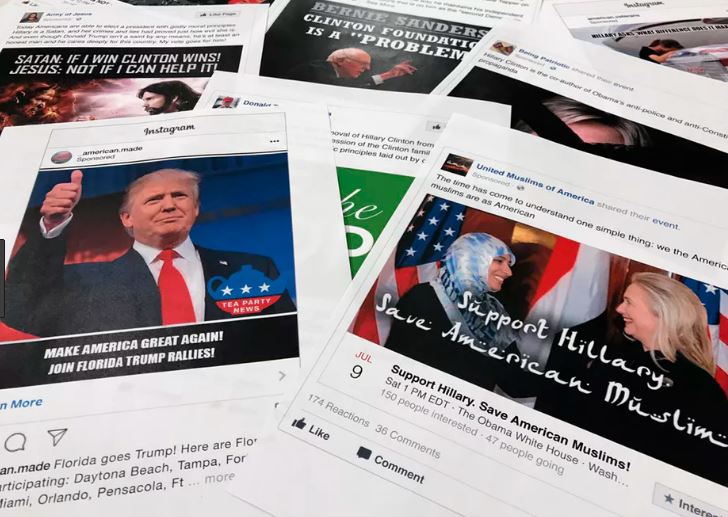
The liberal media only provides a one-way communication channel where the end user only receives information but has no opportunity to provide their views or feedback. Social media has revolutionized this communication channel to create a two-way interactive communication channel where the people have an opportunity to participate in deliberating appropriate democratic policies in their favor actively.Due to the emergence of large free social media sites such as Facebook, YouTube, Instagram among several others, social media is relatively cheap for users to pass their feedback or contribution on current political issues when compared to passing the same information through the liberal media.
Using social media, the user does not require to undergo any form of professional journalism training is a reporter. The social media platforms provide their users with perfect tools for individual reporters which can still enable them to pass their information to other people or concerned authorities. There are several instances where people have used the social media to organize and coordinate successful revolutions to remove authoritarian regimes out of power such as during the Arab Spring in the Middle East (Unwin, 2014. Pg. 1). Therefore, in such cases, social media facilitates the communication between the citizens and respective representatives coordinating these revolutions. In addition to political revolutions, social media has also been used to put pressure and force the government authorities to act or respond to several instances affecting their citizens, bringing the power of millions of social media users to influence democratic policies.
Social media promotes self-determination to contribute to democratic governance among citizens participate in various democratic processes. Since the evolution of the social media, citizens have used social media to express their support for certain political parties or ideologies. Also, the number of people who participate in thedemocratic process has risen as more people learn the importance of participating in such processes through the social media (Unwin, 2014. Pg. 2).Also, people are more determined than before to share information promoting democratic leadership when compared to the past when they left this critical democratic role in the hands of a few elites who influence the liberal media. Therefore, such determination may not exist if only the liberal media exists in the society. The social media has also been used for survey purposes by Analysts, non-governmental organizations, social activists and other bodies to promote a democratic society (Kaul, 2012. Pg. 2). The social media is a useful tool to collect statistics on millions of users using the platform to form or influence policies that advance democratic agendas.
The Role of Social Media in Promoting Liberty
Liberty refers to the state of freedom that a citizen enjoys from the oppressing restrictions in one’s behaviors, lifestyle and political opinions. It is, therefore, one of the key components of a democratic society where citizens have the right to freedom of expression, assembly and association. As a new genre of media that allows people to socially network, share personal information and access the shared information, social media promotes liberty through some ways. First, it allows users to develop and exchange user-generated content, therefore promoting freedom of expression on matters relating to democratic governance (Omede & Alebiosu, 2015.pg. 273 & 274). The social media enables citizens to hold enhanced dialogues and share that information across some users on the social media platform.
The social media, therefore, eliminates the barriers such as regulation or restriction of content for ordinary citizens by the liberal media (Omede & Alebiosu, 2015.pg. 275).Also, it promotes free and open discussion among citizens which is one of the significant facilitators of democracy. Activists have also taken advantage of the social to utilize their freedom of expression, to rally ordinary citizens in demanding to effective democratic governance. Social media is a powerful tool for users to share not only information but also ideas and influence each other in the best form of democratic policies. In addition, its wide accessibility globally has given people the liberty to share and access information not only on the national and regional borders but also globally. This time and space liberty give people and advantage to learn what is going on in the world as far as the democracy is concerned and can use this information to influence better democratic governance policies in their individual countries. All this has been made possible because of the existence of an unbiased, cost-effective and unrestricted social media.
The Role of Social Media in the Election Process
In the 21st century, the influence of social media in elections has significantly increased. First, the social media gives the electorate the power to share their voice on their preferred leaders. With social media, each voter has an opportunity to share her opinion on the election process, which was possible with the liberal media as only a few elite controlled and influenced the election process using the power of the media. In addition, using social media, the collective views of the electorate can influence certain issues in an election process to promote a free and fair election, which is a center pillar of democracy.
The mainstream media has been labeled as based and used by the few to mislead the American public during the elections in the United States. According to Hatter, (2004, pg1), the liberal media has been widely biased towards the Democrats, which is labeled a threat to the free democracy. The United States media has always supported the Democratic candidates and influences the American electorate for the Democrats. According to Hatter, the liberal media has been interweaved into the Democratic Party, and with the power and influence of the media on the society, the people are denied the opportunity to make a free judgment on the candidates participating in an election. However, the social media has the power to correct the effects of a dishonest liberal media. As more people turn to social media, the electorate has access to unbiased information. In the last general election, the republican widely used social media to counter the effect of the biased liberal media against their presidential candidate.
However, despite its huge advantage over the biased liberal media in promoting democracy through a fair election process, the social media may create potential risk from the uprisings that result from supporters of different political action groups. For instance, the social media can be held highly responsible for the increasing rift between the democrats and republicans in the United States.
Conclusion
The social media is a powerful tool to improve the perception of the general population on matters relating to democracy. This is because content generated and shared through the social media is not regulated as the information passing through the liberal media, therefore eliminating the possibility of biases. Social media also has a great chance to educate the general population on the appropriate democratic policies as well as the election process, which will significantly promote a democratic society. One of the advantages of the social media is the low cost and wide accessibility especially as the number of people who are getting connected to a reliable and fast internet continues to increase. People, therefore, have the liberty to generate and share information using various trending social media platform. Therefore, social media has a significant contribution in promoting democracy.
Works cited
Coronel, Sheila. “The role of the media in deepening democracy.” NGO Media Outreach: Using the (2003).
Hatter, J. “The Media Threat to Democracy.” 2013, p. 1. Accessed 4 May 2017.
Kaul, V. (2012). Are new media democratic? Global Media Journal, 5(1), 1-20.
Miswardi, Gideon. “Digital-Media-A-Double-Edged-Sword-for-Representative-Democracy.” International IDEA’s 20th century anniversary essay competition, 2014.
Omede, A.J, and Emmanuel A. Alebiosu. “SOCIAL MEDIA: A TREND OR THREAT TO DEMOCRACY?” Trans campus journal, ISSN 1596-8303, 2015.
Unwin, Tim. “Social media and democracy: Critical reflections.” background paper for Commonwealth Parliamentary Conference (Colombo), Vol. 20. 2014.
Other Relevant Blog Posts
Media Communication Dissertations
If you enjoyed reading this post on liberal media democracy, I would be very grateful if you could help spread this knowledge by emailing this post to a friend, or sharing it on Twitter or Facebook. Thank you.

